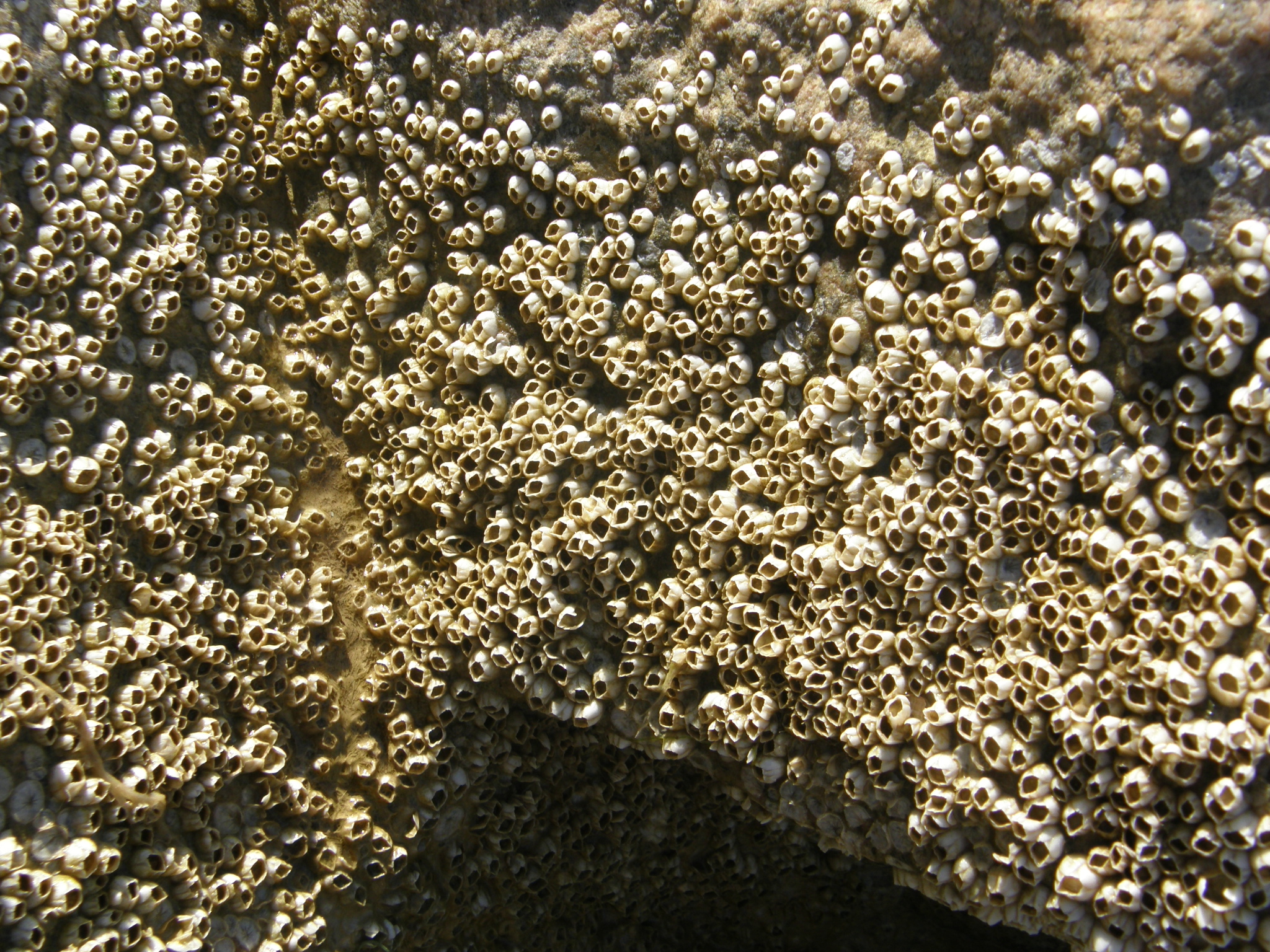Amphibalanus Improvisus on:
[Wikipedia]
[Google]
[Amazon]
''Amphibalanus improvisus'', the bay barnacle, European acorn barnacle, is a
 ''Amphibalanus improvisus'' has a cosmopolitan distribution and is found in temperate and tropical parts of the Atlantic Ocean, the Arctic Ocean, the Baltic Sea the North Sea, the Mediterranean Sea and the Black Sea. It is not known where the species natural range lies but it may have originated in North America. It has colonised many parts of the world's oceans including the Indo-Pacific and Australasia as a
''Amphibalanus improvisus'' has a cosmopolitan distribution and is found in temperate and tropical parts of the Atlantic Ocean, the Arctic Ocean, the Baltic Sea the North Sea, the Mediterranean Sea and the Black Sea. It is not known where the species natural range lies but it may have originated in North America. It has colonised many parts of the world's oceans including the Indo-Pacific and Australasia as a
 ''Amphibalanus improvisus'' is a filter feeder. It extends its six pairs of modified legs called cirri to catch
''Amphibalanus improvisus'' is a filter feeder. It extends its six pairs of modified legs called cirri to catch
''Balanus improvisus''
European Network on Invasive Species * {{Taxonbar, from=Q2378433 Barnacles Crustaceans described in 1854 Taxa named by Charles Darwin
species
In biology, a species is the basic unit of classification and a taxonomic rank of an organism, as well as a unit of biodiversity. A species is often defined as the largest group of organisms in which any two individuals of the appropriate s ...
of acorn barnacle in the family
Family (from la, familia) is a group of people related either by consanguinity (by recognized birth) or affinity (by marriage or other relationship). The purpose of the family is to maintain the well-being of its members and of society. Idea ...
Balanidae.
Description
''Amphibalanus improvisus'' has a smooth white or pale grey conical calcareous shell composed of six fused plates. There is an oval or rhombic opening at the top which is blocked by two hinged plates. Adults usually grow to about in diameter and in width though they are sometimes larger than this and can grow taller when densely packed. The base is characteristically grooved radially. This species can be confused with the striped barnacle ('' Amphibalanus amphitrite'') and in European waters with the northern rock barnacle ('' Semibalanus balanoides'') or the rock barnacle ('' Balanus crenatus'').Distribution
biofouling
Biofouling or biological fouling is the accumulation of microorganisms, plants, algae, or small animals where it is not wanted on surfaces such as ship and submarine hulls, devices such as water inlets, pipework, grates, ponds, and rivers that ...
agent on the hulls of ship
A ship is a large watercraft that travels the world's oceans and other sufficiently deep waterways, carrying cargo or passengers, or in support of specialized missions, such as defense, research, and fishing. Ships are generally distinguished ...
s. It was one of the first recorded introductions to the Baltic Sea
The Baltic Sea is an arm of the Atlantic Ocean that is enclosed by Denmark, Estonia, Finland, Germany, Latvia, Lithuania, Poland, Russia, Sweden and the North and Central European Plain.
The sea stretches from 53°N to 66°N latitude and ...
, having been found in Sweden and Lithuania in 1844, the Elbe
The Elbe (; cs, Labe ; nds, Ilv or ''Elv''; Upper and dsb, Łobjo) is one of the major rivers of Central Europe. It rises in the Giant Mountains of the northern Czech Republic before traversing much of Bohemia (western half of the Czech Re ...
estuary in 1854 and Great Britain
Great Britain is an island in the North Atlantic Ocean off the northwest coast of continental Europe. With an area of , it is the largest of the British Isles, the largest European island and the ninth-largest island in the world. It i ...
in the 1880s.
Habitat
''Amphibalanus improvisus'' is found, sometimes in vast numbers, down to a depth of about on rocks, man made structures, buoys, ships' hulls, the shells of crabs and molluscs, and certain seaweeds. It has been known to block the water intake pipes of factories and power stations. It is tolerant of both high and low salinity levels and is often found in estuaries and low salinity bays. As an invasive species it competes with native organisms and it is an unwanted coloniser of the shells of cultivated oysters and mussels and aquaculture cages.Biology
 ''Amphibalanus improvisus'' is a filter feeder. It extends its six pairs of modified legs called cirri to catch
''Amphibalanus improvisus'' is a filter feeder. It extends its six pairs of modified legs called cirri to catch plankton
Plankton are the diverse collection of organisms found in water (or air) that are unable to propel themselves against a current (or wind). The individual organisms constituting plankton are called plankters. In the ocean, they provide a crucia ...
and other organic material floating past. It is a hermaphrodite and sperm is passed into the cavity of a neighbouring barnacle through a long penis. The eggs are fertilised and brooded in the cavity and hatch into nauplius larvae which drift with the currents. After six naupliar stages occupying two to five weeks, these become cyprid larvae and find a suitable surface on which to settle. Here they cement themselves to the substrate and undergo metamorphosis into juveniles. There may be several broods in the year but usually just two in the cooler waters of the Baltic and only one in low salinity environments.
References
External links
''Balanus improvisus''
European Network on Invasive Species * {{Taxonbar, from=Q2378433 Barnacles Crustaceans described in 1854 Taxa named by Charles Darwin